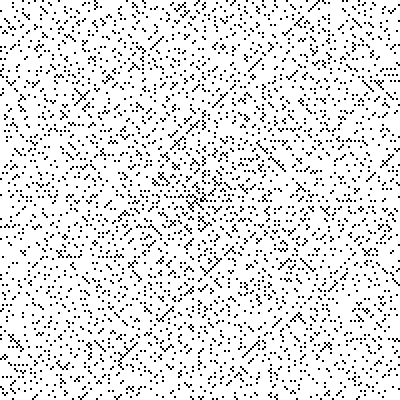In a new series of podcasts, Dr Christopher Pettigrew (aka Dr Boob*) and I are going to tackle this question. Chris is a post-doctoral researcher at the Department of Biochemistry in University College Cork, and in these podcast episodes - which we will publish more than a few times a year - we will uncover whether it is possible now to possess the powers of superheroes, and if we can't, whether in the near future we could engineer ourselves to become superheroes.
The first superhero we are tackling is Mystique from X-Men. X-men get their powers from an "X gene" that normal humans do not possess, and Mystique is a shapeshifter who naturally looks blue. Actress Rebecca Romijn portrayed Mystique in the X-Men films - I know I clearly remember the blue body-paint...
Mystique has a number of powers including:
- The ability to change skin colour;
- The ability to shape-shift - that is, change form;
- She can impersonate other voices;
- She can rapidly grow her hair.
 Within nature, chameleons are able to change their skin colour to match their environment. There are also technologies under current development, such as metamaterials, that can be used to make something look invisible. Through a combination of genetic manipulation to activate melanocytes (and possibly chromatophores), and the use of surface coatings, it is not unforeseeable that we could develop human chameleons. The difficulty here lies in whether we can make a skin colour change a conscious decision - how can you wire up the body such that skin colour responds your thoughts?
Within nature, chameleons are able to change their skin colour to match their environment. There are also technologies under current development, such as metamaterials, that can be used to make something look invisible. Through a combination of genetic manipulation to activate melanocytes (and possibly chromatophores), and the use of surface coatings, it is not unforeseeable that we could develop human chameleons. The difficulty here lies in whether we can make a skin colour change a conscious decision - how can you wire up the body such that skin colour responds your thoughts?The challenge of being able to impersonate another person's voice should be easy enough to conquer in the near future through a combination of electronics and simple mimicry. It is also possible to foresee rapid hair growth - this could be accomplished by rapid protein synthesis, such as in spider webs.
The biggest difficulty comes with the shape-shifting - how can one change their 3D shape?
Tune in to the podcast here (or press play below) to discover what scientific techniques we came up with to tackle the problem of scientifically engineering Mystique:
A few extra notes to explain some of the random comments in the show:
- Iva Davies is the front man of Australian band Icehouse;
- Shane Warne, Greg Matthews and Graham Gooch are all cricketers who advertised the hair-loss company Advanced Hair;
Also let us know which superheroes you would be interested in us tackling.
* From here on in, Chris will be referred to as Dr Boob - this nickname stems from the fact that Chris's PhD and some of his post-doctoral work has been into the study of breast cancer - yes, someone who is actually changing the world!













